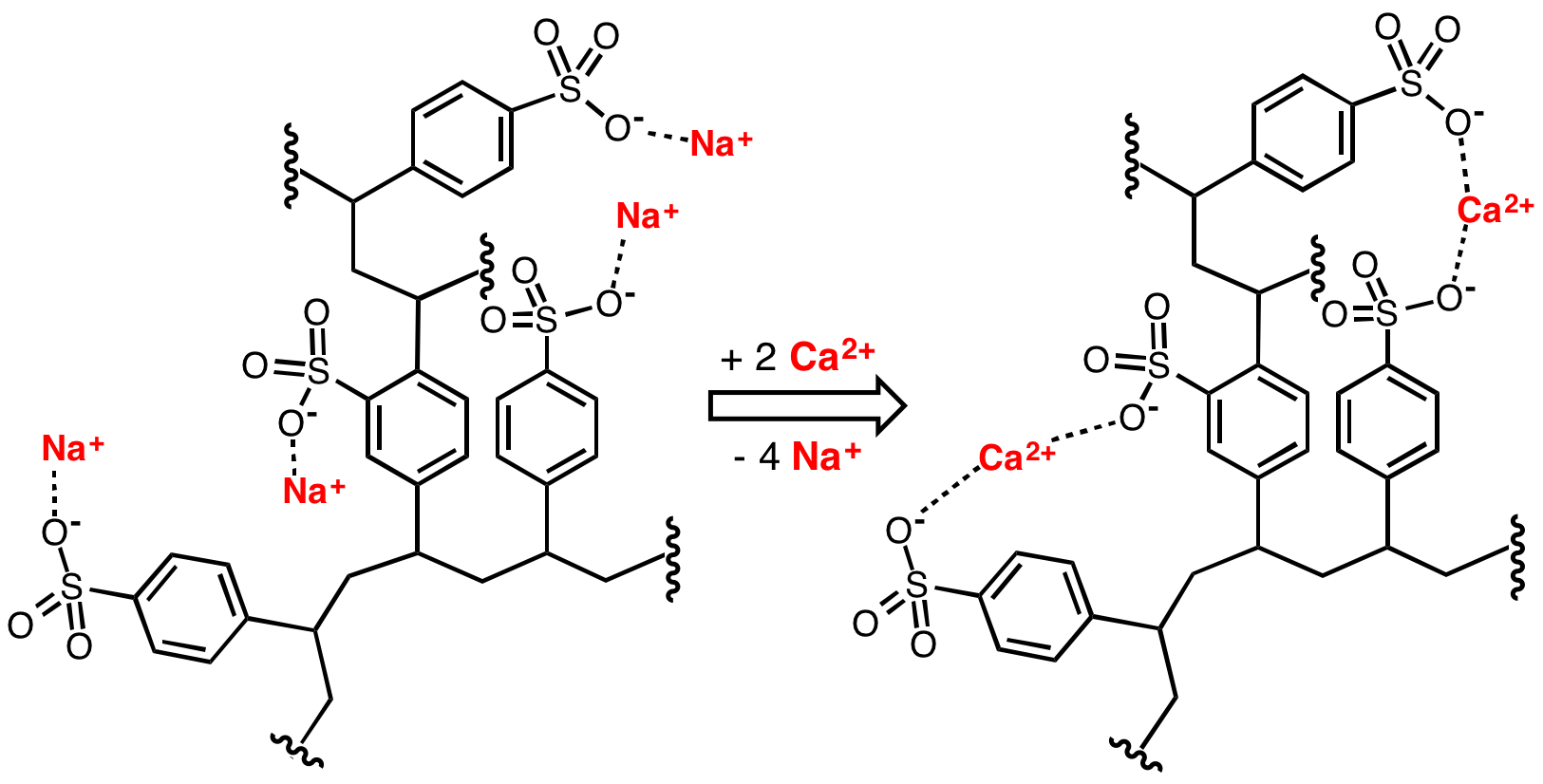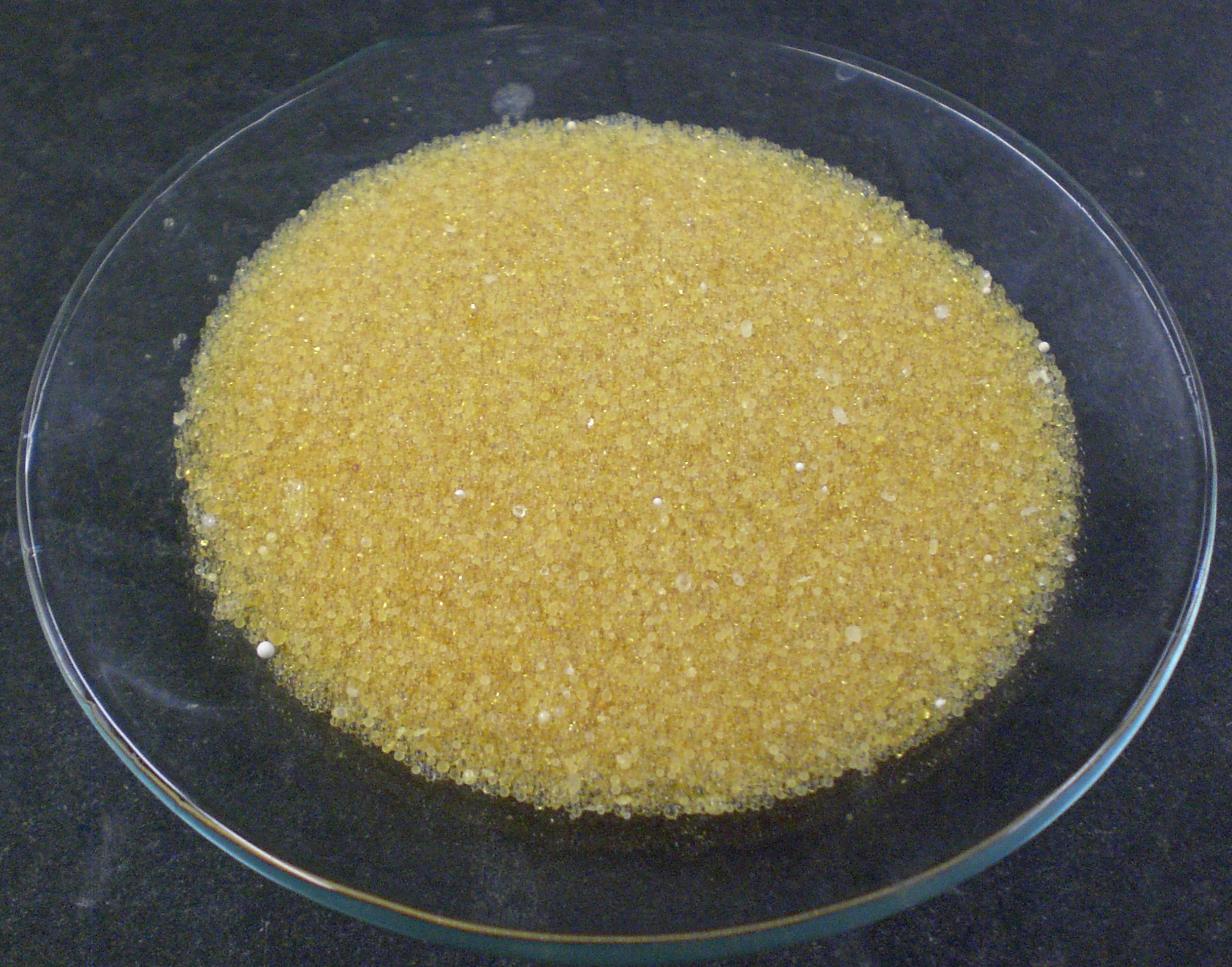|
Nicotine Polacrilex
Nicotine polacrilex is nicotine bound to an ion-exchange resin (polymethacrylic acid, such as Amberlite IRP64, Purolite C115HMR or Doshion P551). It is added to gum and hard lozenges used for nicotine replacement therapy in smoking cessation, such as in the Nicorette range of products. The use of the polymer as a delivery system maximizes the amount of nicotine released and absorbed by the oral mucosa. 80 to 90 percent of the nicotine released from the gum is absorbed by the mouth. Side effects of the gum include bad taste, nausea, dyspepsia, and stomatitis Stomatitis is inflammation of the mouth and lips. It refers to any inflammatory process affecting the mucous membranes of the mouth and lips, with or without oral ulceration. In its widest meaning, stomatitis can have a multitude of different c .... References External links * Smoking cessation {{treatment-stub ... [...More Info...] [...Related Items...] OR: [Wikipedia] [Google] [Baidu] |
Oral Administration
Oral administration is a route of administration whereby a substance is taken through the Human mouth, mouth, swallowed, and then processed via the digestive system. This is a common route of administration for many medications. Oral administration can be easier and less painful than other routes of administration, such as Injection (medicine), injection. However, the onset of action is relatively low, and the effectiveness is reduced if it is not absorbed properly in the digestive system, or if it is broken down by digestive enzymes before it can reach the bloodstream. Some medications may cause gastrointestinal side effects, such as nausea or vomiting, when taken orally. Oral administration can also only be applied to conscious patients, and patients able to swallow. Terminology ''Per os'' (; ''P.O.'') is an adverbial phrase meaning literally from Latin "through the mouth" or "by mouth". The expression is used in medicine to describe a treatment that is taken orally (but not ... [...More Info...] [...Related Items...] OR: [Wikipedia] [Google] [Baidu] |
Nicotine
Nicotine is a natural product, naturally produced alkaloid in the nightshade family of plants (most predominantly in tobacco and ''Duboisia hopwoodii'') and is widely used recreational drug use, recreationally as a stimulant and anxiolytic. As a pharmaceutical drug, it is used for smoking cessation to relieve drug withdrawal, withdrawal symptoms. Nicotine acts as a receptor agonist at most nicotinic acetylcholine receptors (nAChRs), except at two nicotinic receptor subunits (nAChRα9 and nAChRα10) where it acts as a receptor antagonist. Nicotine constitutes approximately 0.6–3.0% of the dry weight of tobacco. Nicotine is also present at Parts-per notation, ppb concentrations in edible plants in the family Solanaceae, including potatoes, tomatoes, and eggplants, though sources disagree on whether this has any biological significance to human consumers. It functions as an plant defense against herbivory, antiherbivore toxin; consequently, nicotine was widely used as an insecti ... [...More Info...] [...Related Items...] OR: [Wikipedia] [Google] [Baidu] |
Ion-exchange Resin
An ion-exchange resin or ion-exchange polymer is a resin or polymer that acts as a medium for ion exchange, that is also known as an ionex. It is an insoluble matrix (or support structure) normally in the form of small (0.25–1.43 mm radius) microbeads, usually white or yellowish, fabricated from an organic polymer substrate. The beads are typically porous (with a specific size distribution that will affect its properties), providing a large surface area on and inside them where the trapping of ions occurs along with the accompanying release of other ions, and thus the process is called ion exchange. There are multiple types of ion-exchange resin, that differ in composition if the target is an anion or a cation and are created based on the task they are required for. Most commercial resins are made of polystyrene sulfonateFrançois Dardel and Thomas V. Arden "Ion Exchangers" in Ullmann's Encyclopedia of Industrial Chemistry, 2008, Wiley-VCH, Weinheim. . which is followe ... [...More Info...] [...Related Items...] OR: [Wikipedia] [Google] [Baidu] |
Amberlite
Amberlite is the tradename of a range of ion-exchange resin An ion-exchange resin or ion-exchange polymer is a resin or polymer that acts as a medium for ion exchange, that is also known as an ionex. It is an insoluble matrix (or support structure) normally in the form of small (0.25–1.43 mm radiu ...s. External links * Synthetic resins Polyelectrolytes {{material-stub ... [...More Info...] [...Related Items...] OR: [Wikipedia] [Google] [Baidu] |
Nicotine Gum
Nicotine gum is a chewing gum containing the active ingredient nicotine polacrilex. It is a type of nicotine replacement therapy (NRT) used alone or in combination with other pharmacotherapy for smoking cessation and for quitting smokeless tobacco. Nicotine gum is available via general, pharmaceutical, and online sales without the need for a prescription. Flavor options range from mint and cinnamon to various fruit flavors, and doses range from 2–6 mg, though it is most commonly sold in 2 and 4 mg strengths. Common side effects include mouth irritation or ulcers, jaw pain, and hiccups. Although nicotine in tobacco products is associated with increased cardiovascular risk, hyperlipidemia, and increased insulin resistance, there is insufficient evidence to demonstrate that nicotine found in nicotine gum has the same health effects. Nicotine gum and other NRT products are on the World Health Organization's List of Essential Medicines. Medical use Nicotine gum is a chew ... [...More Info...] [...Related Items...] OR: [Wikipedia] [Google] [Baidu] |
Nicotine Replacement Therapy
Nicotine replacement therapy (NRT) is a medically approved way to treat people with tobacco use disorder by taking nicotine through means other than tobacco. It is used to help with quitting smoking or stopping chewing tobacco. It increases the chance of quitting tobacco smoking by about 55%. Often it is used along with other behavioral techniques. NRT has also been used to treat ulcerative colitis. Types of NRT include the adhesive patch, chewing gum, lozenges, nose spray, and inhaler. The use of multiple types of NRT at a time may increase effectiveness. Common side effects depend on the formulation of nicotine. Common side effects with the gum include nausea, hiccups, and irritation of the mouth. Common side effects with the patch include skin irritation and a dry mouth while the inhaler commonly results in a cough, runny nose, or headaches. Serious risks include nicotine poisoning and continued addiction. They do not appear to increase the risk of heart attacks. There ... [...More Info...] [...Related Items...] OR: [Wikipedia] [Google] [Baidu] |
Smoking Cessation
Smoking cessation, usually called quitting smoking or stopping smoking, is the process of discontinuing tobacco smoking. Tobacco smoke contains nicotine, which is Addiction, addictive and can cause Substance dependence, dependence. As a result, nicotine withdrawal often makes the process of quitting difficult. Smoking is the Leading causes of preventable death, leading cause of preventable death and a global public health concern. Tobacco use leads most commonly to diseases affecting the heart and lungs, with smoking being a major risk factor for Myocardial infarction, heart attacks, strokes, chronic obstructive pulmonary disease (COPD), idiopathic pulmonary fibrosis (IPF), emphysema, and various types and subtypes of cancers (particularly lung cancer, Oropharyngeal cancer, cancers of the oropharynx, Laryngeal cancer, larynx, and Oral cancer, mouth, Esophageal cancer, esophageal and pancreatic cancer). Smoking cessation significantly reduces the risk of dying from smoking-rel ... [...More Info...] [...Related Items...] OR: [Wikipedia] [Google] [Baidu] |
Nicorette
Nicorette is the brand name of a number of products for nicotine replacement therapy (NRT) that contain nicotine polacrilex. Developed in the late 1970s in Sweden by in the form of a chewing gum, Nicorette was the first nicotine replacement product on the market. The product range encompasses chewing gum, (Google Books) (Google Books) lozenges, patches of two kinds (transparent and non-transparent), oral spray (Nicorette QuickMist), inhalator, sublingual tablets (Nicorette Microtab) and nasal spray. Nicotine replacement products including gum and transdermal patches are on the World Health Organization's List of Essential Medicines. The brand name "Nicorette" comes from "nicotine" and , "right way". Medical uses Nicorette products are indicated for the relief of withdrawal symptoms associated with nicotine withdrawal and to aid in smoking cessation. It is suggested that Nicorette products should be used in "conjunction with a behavioural support programme". Prior to ... [...More Info...] [...Related Items...] OR: [Wikipedia] [Google] [Baidu] |
Oral Mucosa
The oral mucosa is the mucous membrane lining the inside of the mouth. It comprises stratified squamous epithelium, termed "oral epithelium", and an underlying connective tissue termed '' lamina propria''. The oral cavity has sometimes been described as a mirror that reflects the health of the individual. Changes indicative of disease are seen as alterations in the oral mucosa lining the mouth, which can reveal systemic conditions, such as diabetes or vitamin deficiency, or the local effects of chronic tobacco or alcohol use. The oral mucosa tends to heal faster and with less scar formation compared to the skin. The underlying mechanism remains unknown, but research suggests that extracellular vesicles might be involved. Classification Oral mucosa can be divided into three main categories based on function and histology: * ''Lining mucosa'', nonkeratinized stratified squamous epithelium, found almost everywhere else in the oral cavity, including the: ** ''Alveolar mucosa'', ... [...More Info...] [...Related Items...] OR: [Wikipedia] [Google] [Baidu] |
Nausea
Nausea is a diffuse sensation of unease and discomfort, sometimes perceived as an urge to vomit. It can be a debilitating symptom if prolonged and has been described as placing discomfort on the chest, abdomen, or back of the throat. Over 30 definitions of nausea were proposed in a 2011 book on the topic. Nausea is a non-specific symptom, which means that it has many possible causes. Some common causes of nausea are gastroenteritis and other gastrointestinal disorders, food poisoning, motion sickness, dizziness, migraine, fainting, low blood sugar, anxiety, hyperthermia, dehydration and lack of sleep. Nausea is a side effect of many medications including chemotherapy, or morning sickness in early pregnancy. Nausea may also be caused by disgust and depression. Medications taken to prevent and treat nausea and vomiting are called antiemetics. The most commonly prescribed antiemetics in the US are promethazine, metoclopramide, and the newer ondansetron. The word na ... [...More Info...] [...Related Items...] OR: [Wikipedia] [Google] [Baidu] |
Dyspepsia
Indigestion, also known as dyspepsia or upset stomach, is a condition of impaired digestion. Symptoms may include upper abdominal fullness, heartburn, nausea, belching, or upper abdominal pain. People may also experience feeling full earlier than expected when eating. Indigestion is relatively common, affecting 20% of people at some point during their life, and is frequently caused by gastroesophageal reflux disease (GERD) or gastritis. Indigestion is subcategorized as either "organic" or " functional dyspepsia", but making the diagnosis can prove challenging for physicians. Organic indigestion is the result of an underlying disease, such as gastritis, peptic ulcer disease (an ulcer of the stomach or duodenum), or cancer. Functional indigestion (previously called non-ulcer dyspepsia) is indigestion without evidence of underlying disease. Functional indigestion is estimated to affect about 15% of the general population in western countries and accounts for a majority of dys ... [...More Info...] [...Related Items...] OR: [Wikipedia] [Google] [Baidu] |
Stomatitis
Stomatitis is inflammation of the mouth and lips. It refers to any inflammatory process affecting the mucous membranes of the mouth and lips, with or without oral ulceration. In its widest meaning, stomatitis can have a multitude of different causes and appearances. Common causes include infections, nutritional deficiencies, allergic reactions, radiotherapy, and many others. When inflammation of the gums and the mouth generally presents itself, sometimes the term ''gingivostomatitis'' is used, though this is also sometimes used as a synonym for herpetic gingivostomatitis. The term is derived . Causes Nutritional deficiency Malnutrition (improper dietary intake) or malabsorption (poor absorption of nutrients into the body) can lead to nutritional deficiency states, several of which can lead to stomatitis. For example, deficiencies of iron, vitamin B2 (riboflavin), vitamin B3 (niacin), vitamin B6 (pyridoxine), vitamin B9 (folic acid) or vitamin B12 (cobalamine) may all manif ... [...More Info...] [...Related Items...] OR: [Wikipedia] [Google] [Baidu] |









